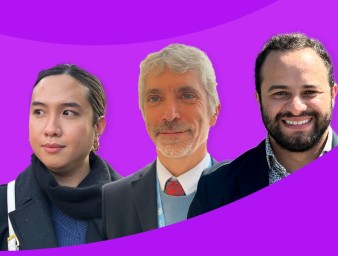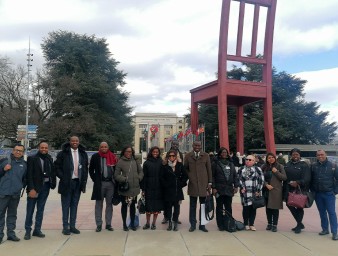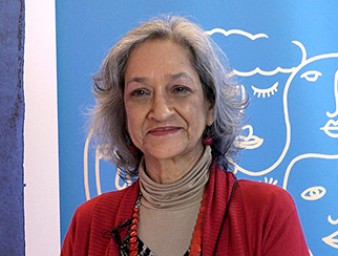“A Path to Dignity: The Power of Human Rights Education”
20 September 2012

“Human rights education can make a real difference in people’s lives - whether a woman in Turkey, a police officer in Australia or a child in India, as we see in this film,” says UN Human Rights Chief Navi Pillay in her introduction to a 28-minute movie entitled “A Path to Dignity: The Power of Human Rights Education”.
The movie presents three case studies illustrating the impact of human rights education among school children in India, law enforcement agencies in Australia and women victims of violence in Turkey.
From Tamil Nadu, in Southern India, Maria Soosai Selvaraj, National Programme Coordinator for the Institute of Human Rights Education says that “each child can make a change through practising human rights values.” In addition to learning about the Indian Constitution, the children develop an understanding of the rights of the child, and the principles of non-discrimination and equality, and how these apply to their daily lives.
In Victoria state, Australia, a human rights project monitors all aspects of policing and educates Victoria Police employees on human rights. “Human rights training forms part of our foundation training programme now,” explains Charlie Allen, an inspector. “Recruits marching into the academy or going into the academy for their training phase do initial education in human rights.”
In Turkey, the human rights education programme for women consists of weekly workshops. Women learn about their human rights and the laws that protect these rights. Mujcan Guneri, a human rights trainer, says that “the women they reached through this training programme, who have come to realize their value as individuals, have all taken steps forward. They begin to see the next step. They engage more with people and take better advantage of the opportunities offered by the State.” “Some go back to school. Some return to work life,” she adds.
“The full realization of human rights requires all human beings to be aware of their and other people’s rights and of the means to ensure their protection,” says Pillay. “This is the task of human rights education, which builds knowledge, skills and attitudes prompting behaviour that upholds human rights. It is a process of empowerment which helps identify human rights problems and seek solutions in line with human rights principles. It is based on the understanding of our own responsibility to make human rights a reality in our community and society at large. It has a fundamental role in preventing violations, combating discrimination as well as fostering equality and equal opportunities for all.”
United Nations human rights education initiatives, such as the on-going World Programme for Human Rights Education, encourage governments and civil society to develop effective human rights education programmes. The UN Human Rights Office provides global coordination of the World Programme.
In 2011, all the countries belonging to the United Nations reaffirmed their commitment to promoting and ensuring human rights education by adopting the United Nations Declaration on Human Rights Education and Training.
The movie has been jointly produced by the UN Human Rights Office (OHCHR) and two non-governmental organizations, Human Rights Education Associates (HREA) and Soka Gakkai International (SGI). The film, which was launched at a side event to the UN Human Rights Council on 19 September 2012, is available in English and is subtitled in Arabic, Chinese, English, French, Japanese, Russian and Spanish. "It can be viewed online at: http://pathtodignity.org ."
20 September 2012

VIEW THIS PAGE IN:



